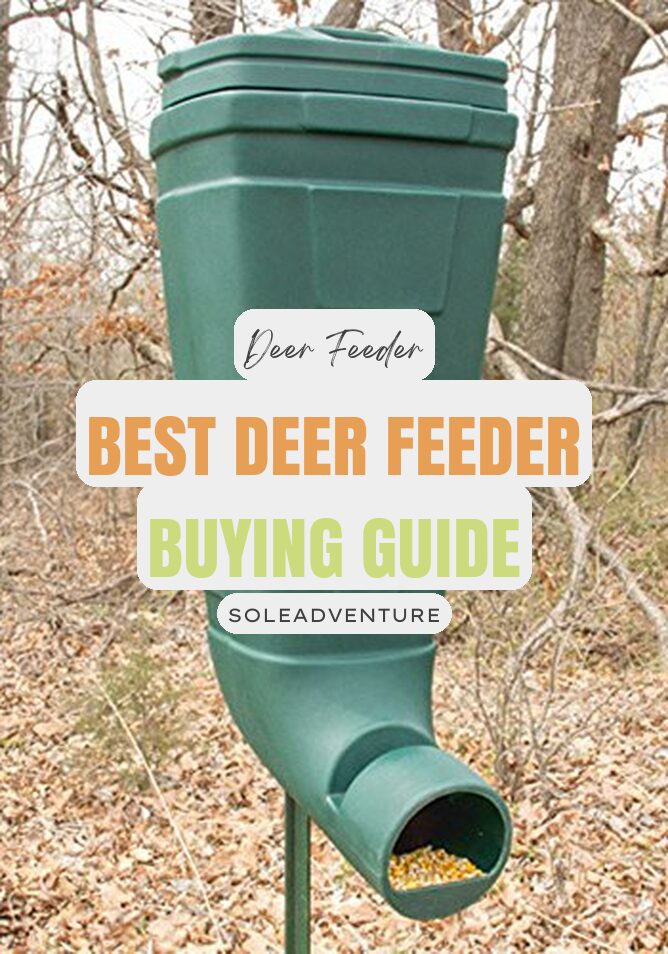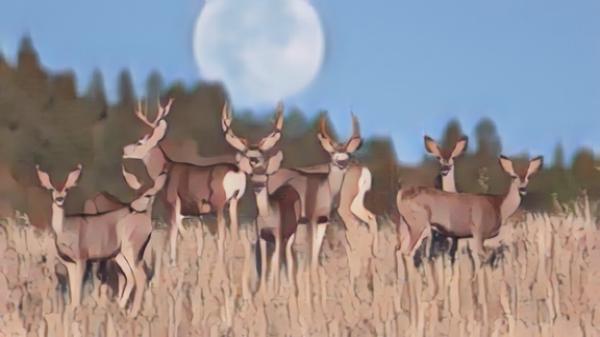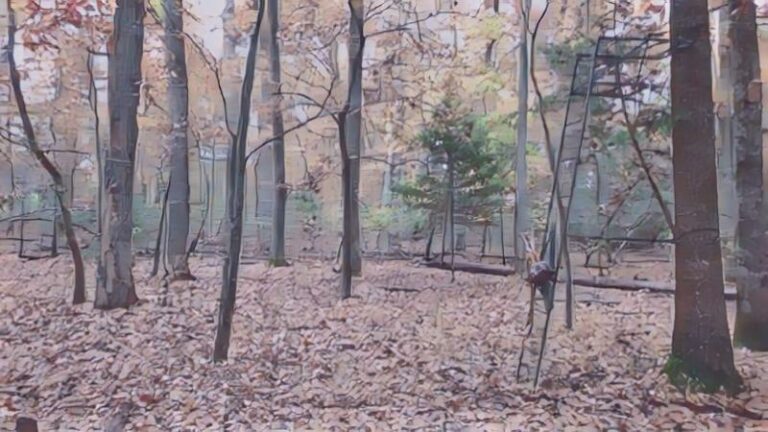Hunter or not, not seeing any deer on your property can be disappointing. And, if you are actively hunting, it can be frustrating. But, what could you be doing wrong? In this article, we’ll go through common scenarios that could be deterring deer from coming to your property.
Not enough scouting? Lack of adequate terrain? Or is the reason simply an issue of scent control? If you are not seeing any deer, look no further; we will explore ways of rectifying these issues.
Whether it’s a new property or you’ve been hunting for years, discover new methods to attract and keep deer in your area. Let’s start with the basics of what you need to know to improve your chances of seeing wildlife on your property.
Feeling intrigued? Then let's examine why deer might be avoiding your property.
Contents
Ways to Attract Deer to Your Property
Deer population on a tract of land can be increased by providing them with a suitable environment. A property that can provide food, water, and shelter for deer will hold more of them. Ample space and resources can also lead to the growth of more quality and mature bucks. To make your property an attractive destination for deer, you should take the following measures:
- Plant a food plot: If your property lacks a considerable food source, planting a food plot can be an effective solution. This provides deer with a better source of nutrition and attracts more deer if it is the best food in the area. Generally, the more food available, the more deer will be drawn to it.
- Provide ample cover: Making your property the safest one in the area will attract more deer, particularly if the properties around you are hunted heavily. With enough cover, bucks will feel more secure and spend more time there, possibly even using it as a bedding area.
- Do not rely on just pouring corn: Deer need more than a pile of corn to survive. Corn will only attract deer to an area temporarily, but they will eventually move on to find better resources. Additionally, If no deer are in the area beforehand, then the corn won't help. Moreover, other critters may eat the corn, leaving none left for the deer.
Overall, if you provide deer on your property with the essentials they need, you could see an increase in the amount of deer present.

How to Spot and Hunt Deer Effectively
Deer hunting can be a challenging task, and sometimes even when you see "deer sign," they might not show up. It's essential to note that old sign, such as rubs or scrapes, can be deceiving. Even if deer were frequenting these areas last year, it doesn't necessarily mean they are still around.
- If you're hunting near a scrape or rub line, it's crucial to ensure that the buck using them isn't active during the night.
- Installing a few trail cameras around your hunting area can help you monitor deer's movement and watch what visits and when to find out if the deer you're hunting is nocturnal.
- Scouting and finding out where deer spend their time during daylight hours can increase your chances of encountering them on your hunt. If you're not seeing deer but seeing many tracks, they may be visiting at night.
- Trail cameras can also help you here. Set one up around your hunting area, examine when the deer are arriving, and adjust your strategy accordingly.
- Another reason you may not see any deer while hunting is that you're not hunting long enough. Deer are most active in the mornings and evenings, but they may be moving through your area later. Stay in your stand longer and observe your surroundings carefully.
By utilizing these steps, you can improve your chances of spotting and hunting deer. Keep in mind that deer activity and behavior depend heavily on the season, so be patient and continue tweaking your strategy!
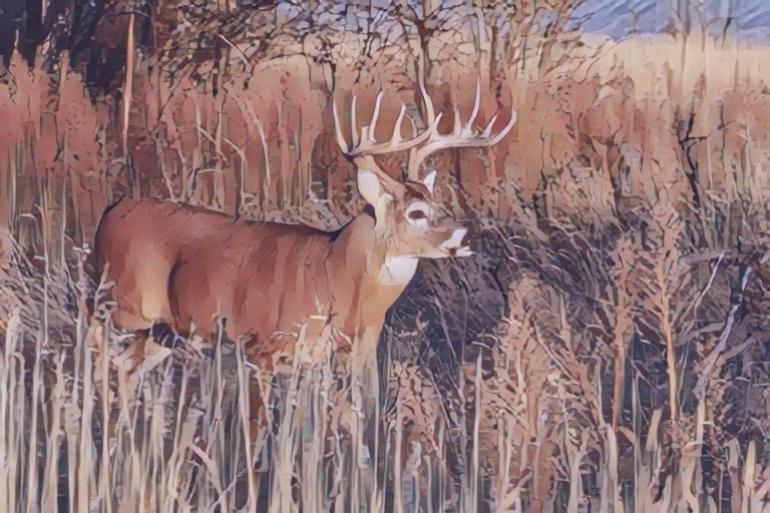
Why Your Scouting May Be Failing You
As a hunter, there is nothing more frustrating than scouting for an entire season and not seeing any results. If this is happening to you, it could be because you are looking in the wrong places.
One common mistake hunters make is putting too much emphasis on areas where they saw a lot of deer during the summer. Keep in mind, deer do not follow the same habits in fall as they do in summer. Therefore, it's essential to adjust your hunting approach.
If you're unsure where to start, get back to basics. Deer spend most of their time feeding when they are not bedded down, so finding the best food source in your hunting area may increase your chances of success. If you're not sure about the exact location of the food source, you can use game cameras and other scouting tools to help with the hunt.
If you have an idea of where deer may be bedding, you can hunt those trails between the bedding areas and food sources. But if you're still unsure and think you have scouted enough, it may be time to change hunting properties especially if you are leasing land. However, if you own the property, consider improving it to make it more suitable for the white-tail.
In a nutshell, hunting is not just about being in the wild and hoping for the best. It is about applying the right hunting strategies and paying attention to important details such as the deer's feeding habits and changing patterns.
Improving Scent Control and Access to Increase Your Chances of Hunting Deer
Deer have a strong sense of smell, and it can be challenging to get near them without being detected. It is crucial to practice proper scent control and choose the right access routes to your hunting stand. Here are some tips to consider:
- Take scent-free showers before going hunting.
- Wash hunting clothes in scent-free detergent and spray scent-free spray on gear that can't be washed.
- Create a trail that goes straight to your stand from the tree line to avoid using the same trail that deer are expected to come from.
- Rake out the trail to reduce noise when walking.
If deer smell your scent, they will note your presence and may run away before you see them. Moreover, if you continually scare deer due to having a bad scent control, they will be wary of that spot, meaning hunting will become more challenging. By sticking to these rules, you are sure to improve your chances of hunting deer successfully. Remember that hunting is all about being in the right place at the right time, so keep trying different spots until you get the best results.
Pro Tip: Don't overcomplicate scent control, sticking to these principles will work wonders to increase your chances of successful hunting.
What to Do When Only Seeing Does While Hunting?
If you find yourself seeing only does during hunting season, don't worry. It's not the worst thing that can happen. Mature bucks usually stay in the thickest and safest parts of the property, away from the does. Besides, where there are does, bucks are sure to follow. You just need to have patience, especially during the rut, when you'll see more bucks chasing the does that you've seen all season.
Sometimes hunters talk about the "buck to doe ratio" of a property as the reason for seeing more does than bucks. However, just because you see more does doesn't mean there are fewer bucks. In fact, for most unmanaged lands around the United States, there are between three to five does for every buck. So, unless the property is severely overhunted by many hunters, the doe to buck ratio is typically around three to six does for every buck.
This ratio can be managed, and ideally, we'd like a one to one or one to two does to every buck. Even if the property suffers from a severe buck to doe ratio, if the property is left alone for two to three years, it can still fully recover. But be aware that when nature fixes this ratio, you will have younger bucks in the area. Nature only cares about organisms that can breed, not how big they are. To build up a population of mature bucks in the property, you need to use quality deer management techniques. If you have questions on how to do this, an article that I recommend reading for further information can be found here.
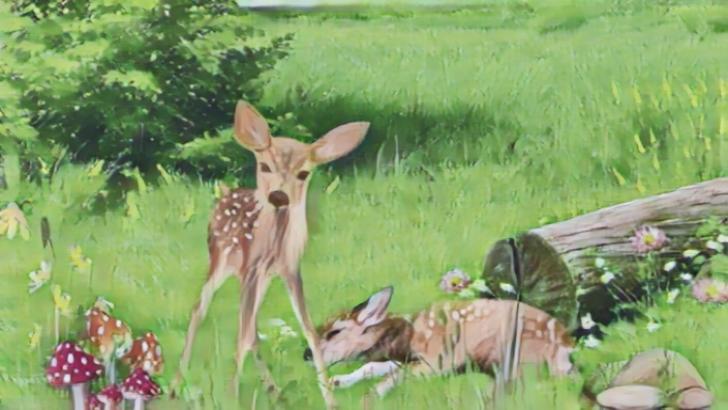
Is Your Hunting Land Overpopulated?
Are you observing a decrease in the number of deer on your hunting land? You might want to reconsider how many people you allow to hunt on your property. Having too many hunters can result in deer feeling unsafe and leaving your property. A secured hunting land attracts more deer since they feel secure enough to roam freely.
Here are some tips that might help you:
- Limit the number of people that are allowed to hunt on your property.
- Spend as little time as possible on the ground.
- Practice good scent control when hunting.
Reducing the number of hunters and using good scent control can make a difference in how many deer are present on your property. Deer are naturally cautious animals, and hence, they don't like a lot of human activity. Therefore, having the safest and most secured property around will most likely attract more bucks and increase the number of deer on your premises.
To learn more about hunting or for any feedback/questions, please email us at [email protected] . If you want to know more about us or our services, visit our About Page. Don't forget to check our other interesting articles!

